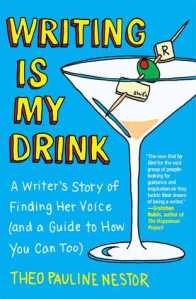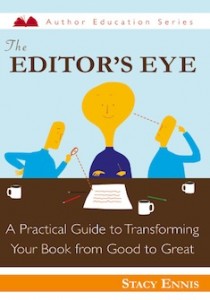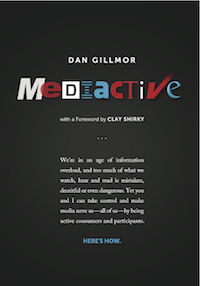The Book: Writing is My Drink, by Theo Pauline Nestor
The Take-Away: An amazing blending of memoir and writing instruction, this book goes above and beyond the call of duty, helping writers find their voice by learning how Nestor found hers.
The Review: Some people working in nonfiction, crusty old journalists like myself included, grow a bit antsy when the damnably vague word “voice” is thrown around in a how-to book on writing. And yet we all know what it means, and how important it is in the success of a story, especially in first-person pieces or in genres like memoir. It’s hard to teach voice, I thought before reading this book. As with literal voice training, one shapes one’s voice by listening to it during repeated practice attempts, no matter how off-key or squeaky those attempts might sound.
While developing a distinctive writing voice is still seems challenging, Writing is My Drink is a tonic that will steady the nerves through Nestor’s accessible prose and provocative writing prompts.
The book, on its most surface level, tells of the author’s journey as a writer and how she went from struggling dilettante to successful writer and writing teacher. But this isn’t the type of writer’s memoir where you feel as if the writer is now standing off to the side, detached from the memories and the effort it took to get where he/she is now, and chuckling with some sort of holier-than-thou attitude. Nestor takes us back to the trenches of her early writing days, and reveals her vulnerability and off-the-mark attempts as she learned her craft.
What separates Nestor’s volume from so many others in this genre (and I should know – I own most of them produced in the last decade and a half) is her commitment to unflinching honesty, both in what she shares from her past and what she encourages the reader to mine for their writing material.
Here’s an example of what I’m talking about. Nestor is in the middle of discussing what led up to the creation of her first published work of fiction …
“What does this have to do with finding my own voice? With your finding your own voice? Everything. Because it isn’t Bach string quartets and split-shot nonfat lattes and generally placid conditions that being us to our own voices. That’s what we think will get us there. That’s what we want to get us there. … But for me it was more like running through fire, feeling like you’re going to totally lose it, then trying to act like it’s a regular day when you show up at Starbucks with your laptop. And that’s pretty much what happened the day that I felt like my real voice was starting to show up on the page. I didn’t get there with the two advanced degrees in English … I didn’t finally get there because I wanted it. I got there because I was desperate.”
Also outstanding are Nestor’s writing prompts/exercises. I often find prompts esoteric or unappealing, but as with the exposition and narration in her chapters, the exercises encourage the reader to dig deep and write about things that really matter them – a key feature in developing a distinctive, coherent voice. I especially liked her set of prompts related to building community and companionship into one’s writing practice, because I think that’s an aspect of writing that often gets ignored in favor praising a writer’s ability to slave away alone in their garret.
Author Gretchen Rubin, in her testimonial on the paperback cover of Writing is My Drink, compares it to Anne Lamott’s Bird by Bird, and I have to say I agree. On a personal level, both books really resonated with me due to their honesty and dedication to getting at the truth of one’s life. If you’re looking for a book that will help you translate what you feel in your heart onto the page, you may very well find Writing is My Drink to be your cup of tea.










